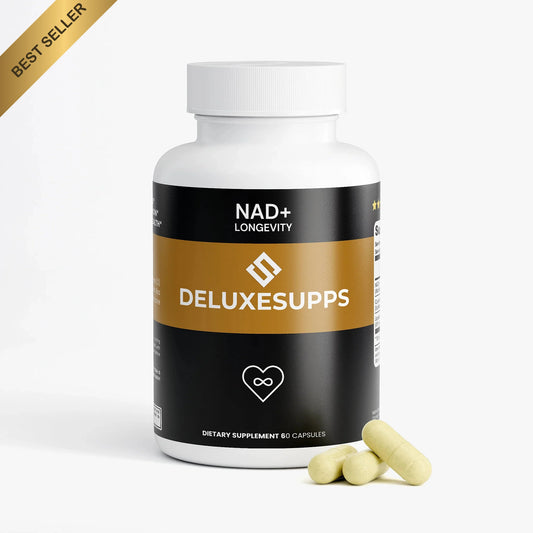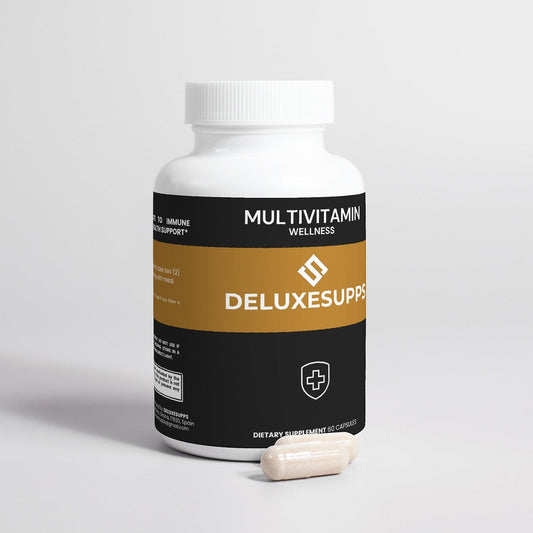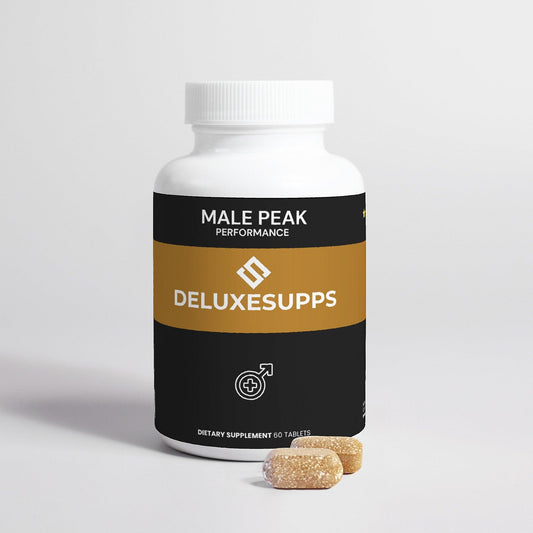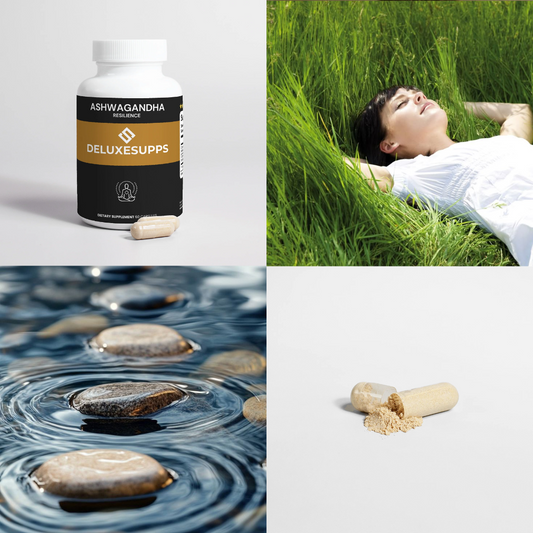Updated on: 2025-11-07
Table of Contents
- Understanding Creatine Monohydrate Powder and Everyday Use
- Step-by-Step Guide to Using Creatine Monohydrate Powder
- Practical Tips for Creatine Monohydrate Powder Use
- FAQs About Creatine Monohydrate Powder
- Wrap-up and Final Thoughts on Creatine Monohydrate Powder
- About the Author and Reader Support
Creatine monohydrate powder remains one of the most widely adopted supplement formats among people who want a straightforward routine for daily use. Within the first week, most users focus on creating a simple habit: measure, mix, and take at the same time each day. Many prefer micronized creatine monohydrate because it disperses more easily in liquids. If you plan to compare options or build a consistent regimen, the sections below outline clear steps and neutral considerations, including creatine dosage ranges commonly printed on product labels, the optional creatine loading phase, and how to take creatine monohydrate powder with water in a clean, repeatable way. For product browsing and category context, you can review the Creatine collection.
Step-by-Step Guide to Using Creatine Monohydrate Powder
1) Measure a Consistent Creatine Dosage
Check your product label for the serving size and use the included scoop if provided. A common single serving listed on many creatine monohydrate powder labels is 3 to 5 grams per day. If your scoop is unmarked, weigh one level scoop with a kitchen scale to confirm grams per serving. Consistency matters: an even daily amount makes it easier to evaluate how your routine fits your goals. If you change brands, recheck the scoop and adjust to match the same gram value.
2) Mix Creatine Monohydrate Powder with Water Correctly
Creatine powder can be blended with plain water or another simple beverage. To optimize dispersibility and mouthfeel, pour 200–300 ml of water into a glass or shaker, then add the powder. Stir vigorously for 20–30 seconds or shake for 10–15 seconds. Warmer or room-temperature water can improve dispersion compared with very cold water. Micronized creatine monohydrate tends to suspend more evenly, which can reduce grit. If you prefer flavored drinks, add creatine to a lightly flavored beverage and mix well. For reference examples of micronized formats, see micronized creatine monohydrate options that specify fine particle size on the label.
3) Plan Your Creatine Loading Phase or Steady Approach
The creatine loading phase is an optional practice described on many supplement websites and labels. It typically involves several small servings spread over a few days. A commonly cited pattern is approximately 20 grams per day, divided into 4 equal servings, for several days, followed by a single daily serving. Others prefer a steady approach from day one, such as one 3–5 gram serving per day without a loading phase. Choose the route that you can follow with consistency, and always align with the instructions found on your specific product packaging.
4) Time Your Micronized Creatine Monohydrate Intake
There is no single timing rule that suits everyone. Many people pick a moment they rarely miss, such as with breakfast or after a training session, to keep intake simple and regular. If you split servings, separate them across the day to suit your schedule. The key is adherence: once you choose a time, maintain it daily. If you forget a serving, resume your standard schedule the next day rather than doubling up.
5) Store and Track Your Creatine Powder
Keep the container tightly sealed in a cool, dry place away from moisture. Use a dry scoop to avoid clumping. If you travel, pre-portion your creatine into small, labeled containers or sachets. Record your daily servings in a simple habit tracker or calendar. Tracking helps you stay consistent and spot any patterns in your routine, such as missed days.
Practical Tips for Creatine Monohydrate Powder Use
- Clarify your goal and routine. If your priority is simplicity, choose micronized creatine monohydrate for smoother mixing and pick one time of day that is easy to remember.
- Follow the label. Product labels provide serving guidance and use instructions. Match your scoop size to the listed grams to avoid overdosing or underdosing.
- Start with water. For those comparing how to take creatine monohydrate powder with water versus other liquids, begin with plain water to learn your preferred texture and then adjust.
- Use a shaker if needed. A shaker bottle can improve dispersion compared with stirring, especially with non-micronized creatine powder.
- Evaluate ingredient panels. Many shoppers looking for the best creatine monohydrate powder for muscle gain (as a search intent) prioritize single-ingredient formulas, clear sourcing, and third-party testing statements where available.
- Consider unflavored options. Unflavored powders mix seamlessly with most beverages and stack easily with other flavored supplements.
- Keep a steady schedule. Few things improve adherence more than a consistent daily time and a visible reminder, such as a note near your water bottle.
- Avoid moisture exposure. Always recap promptly and store away from steam, sinks, or high humidity to reduce clumping.
- Travel plan. Pre-measure servings in labeled containers to prevent guessing while away from home.
- Shop reputable sources. Review trusted retailers, check product details, and compare formats in the news and updates section for practical product insights.
FAQs About Creatine Monohydrate Powder
How much creatine monohydrate powder should I take per day?
Serving sizes commonly listed on creatine monohydrate powder labels range from 3 to 5 grams per day for ongoing use. If you are following a loading approach, daily intake is often split into several small servings for a few days, then reduced to a single daily serving. Always refer to your specific product’s instructions for exact guidance and measure by weight for accuracy.
Is creatine monohydrate powder safe and does it cause water retention?
Creatine monohydrate has been widely used by healthy adults when taken as directed on product labels. Some users note temporary water retention or mild weight fluctuations after starting or increasing intake. If you have questions about personal suitability, consult a qualified professional who understands your individual circumstances.
Do I need a creatine loading phase or can I start with a maintenance dose?
Both methods are used. Some people choose a short creatine loading phase with multiple smaller servings per day for several days. Others start with one steady daily serving and keep that schedule long term. Your choice can be based on convenience, adherence, and label instructions.
What is micronized creatine monohydrate and how is it different?
Micronized creatine monohydrate features smaller particle sizes compared with standard creatine powder. The finer texture can help it disperse more evenly in liquids, which many users find improves the overall mixing experience.
How do I take creatine monohydrate powder with water if I dislike grit?
Use room-temperature water, add the powder after the water, and mix vigorously. A shaker bottle can help. Micronized formats may feel smoother. If grit remains, let the shaker sit for 30–60 seconds, then shake again before drinking.
For product specifics, ingredient details, and assistance, reach out through the store’s contact page.
Wrap-up and Final Thoughts on Creatine Monohydrate Powder
Creatine monohydrate powder is straightforward to use when you base your plan on clear serving sizes, simple mixing steps, and daily consistency. Micronized creatine monohydrate can make mixing easier, while an optional creatine loading phase offers an alternative start for those who prefer it. Focus on accuracy, routine, and label alignment rather than frequent changes. When in doubt, simplify: verify the scoop weight, mix with water, and take it at the same time every day. If you are comparing options, review single-ingredient labels and transparent product pages in the Creatine collection and related store resources.
About the Author and Reader Support
Deluxesupps Deluxesupps
Deluxesupps Deluxesupps writes about practical supplement use, formulation basics, and product comparison frameworks. The aim is to translate complex topics into reliable, step-by-step guidance that supports everyday routines. If you have questions or feedback, we are glad to hear from you.
The content in this blog post is intended for general information purposes only. It should not be considered as professional, medical, or legal advice. For specific guidance related to your situation, please consult a qualified professional. The store does not assume responsibility for any decisions made based on this information.












